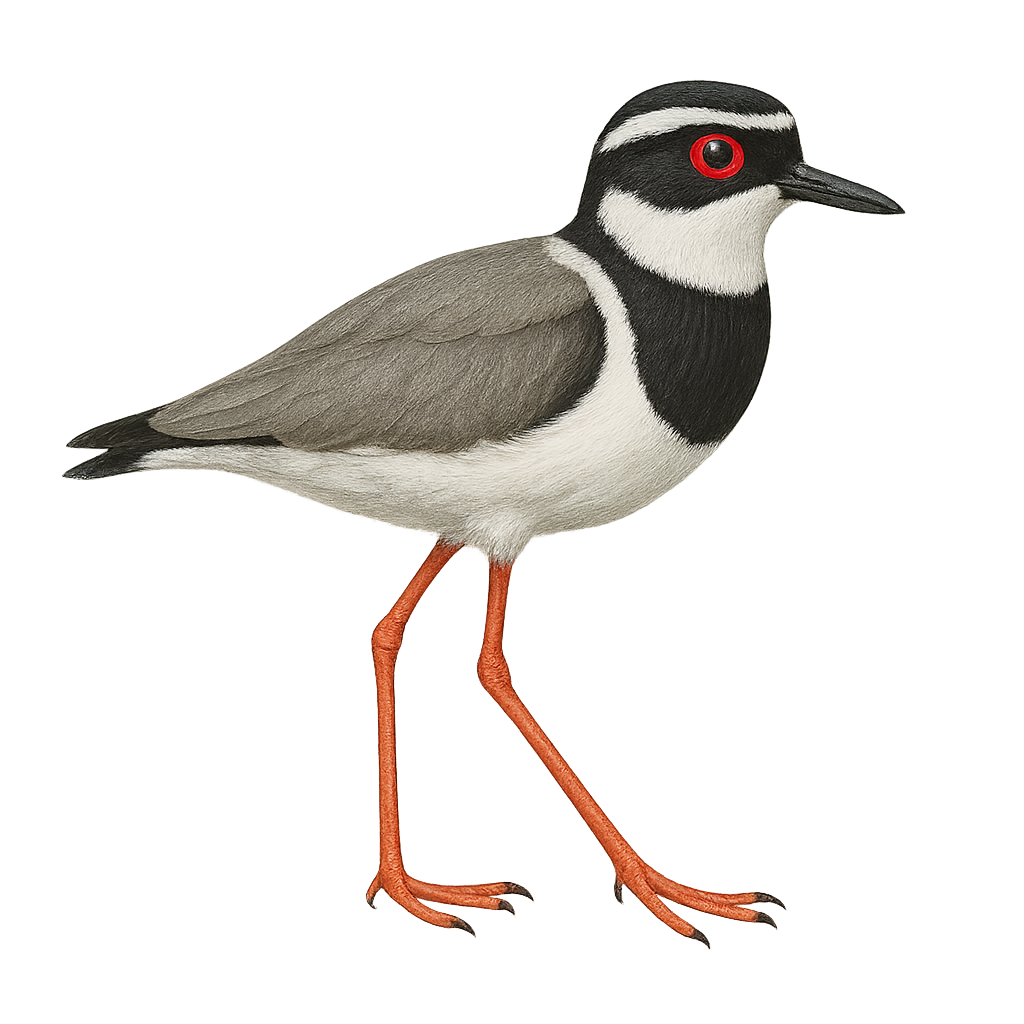Your wildlife photography guide.
Explore the pied lapwing in detail, study its behavior, prepare your shots.
Where to observe and photograph the pied lapwing in the wild
Learn where and when to spot the pied lapwing in the wild, how to identify the species based on distinctive features, and what natural environments it inhabits. The WildlifePhotographer app offers tailored photography tips that reflect the pied lapwing’s behavior, helping you capture better wildlife images. Explore the full species profile for key information including description, habitat, active periods, and approach techniques.
Pied Lapwing
Scientific name: Hoploxypterus cayanus

IUCN Status: Least Concern
Family: CHARADRIIDAE
Group: Birds
Sensitivity to human approach: Suspicious
Minimum approach distance: 10 m
Courtship display: August to September
Incubation: 26-28 jours
Hatchings: August to October
Habitat:
Riverbanks, sandy beaches, marshes
Activity period :
Primarily active during the day, with peak activity in the morning and late afternoon.
Identification and description:
The Pied Lapwing, or Hoploxypterus cayanus, is an elegant and distinctive bird primarily found in South America. It is characterized by its striking black and white plumage, with a black head, grey back, and white belly. Its long red legs and black bill add to its unique appearance. This bird prefers open habitats such as riverbanks, sandy beaches, and marshes. It is often seen in small groups or pairs, feeding on insects and small invertebrates. Although generally discreet, the Pied Lapwing can become noisy and aggressive when defending its territory or young. Its ability to adapt to various environments allows it to thrive in regions ranging from sea level to moderate altitudes.
Recommended lens:
400 mm – adjust based on distance, desired framing (portrait or habitat), and approach conditions.
Photography tips:
To photograph the Pied Lapwing, it is advisable to use a 400mm lens or longer to capture detailed images without disturbing the bird. Look for it near riverbanks or sandy beaches, where it is often active during the day. Be patient and discreet to avoid scaring it away. A tripod can be helpful to stabilize your camera, especially if using a heavy telephoto lens. Take advantage of natural morning or afternoon light to achieve photos with soft and flattering lighting.
The WildlifePhotographer App is coming soon!
Be the first to explore the best nature spots, track rutting seasons, log your observations, and observe more wildlife.
Already 1 430 wildlife lovers subscribed worldwide

